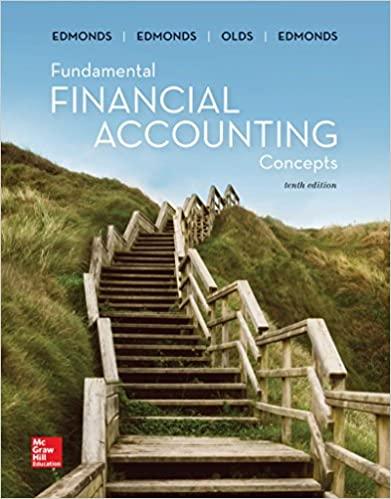| What is the couple's marriage penalty or benefit? (Do not round intermediate calculations. Round your answer to 2 decimal places. Input the amount as positive value.) Eva received $60,000 in compensation payments from JAZZ Corp. during 2014. Eva incurred $5,000 in business expenses relating to her work for JAZZ Corp. JAZZ did not reimburse Eva for any of these expenses. Eva is single and she deducts a standard deduction of $6,200 and a personal exemption of $3,950. Based on these facts answer the following questions: UseTax rate schedule. | Assume that Eva is considered to be an employee. What is her regular income tax liability for the year? (Round your answer to 2 decimal places.) Assume that Eva is considered to be a self-employed contractor.What is her regular tax liability for the year? (Round your answer to 2 decimal places.) | Matt and Carrie are married, have two children, and file a joint return.Their daughter Katie is 19 years old and was a full-time student at State University.During 2014, she completed her freshman year and one semester as a sophomore. Katie's expenses while she was away at school during the year were as follows: |
| | | Tuition | $ | 5,000 | | Class fees | | 300 | | Books | | 500 | | Room and board | | 4,500 | | | | Katie received a half-tuition scholarship that paid for $2,500 of her tuition costs.Katie's parents paid the rest of these expenses.Matt and Carrie are able to claim Katie as a dependent on their tax return. | | | Matt and Carrie's 23-year-old son Todd also attended graduate school (fifth year of college) full time at a nearby college. Todd's expenses while away at school were as follows: | | | | Tuition | $ | 3,000 | | Class fees | | 0 | | Books | | 250 | | Room and board | | 4,000 | | | | Matt and Carrie paid for Todd's tuition, books, and room and board. | | | Since Matt and Carrie still benefit from claiming Todd as a dependent on their tax return, they decided to provide Todd with additional financial assistance by making the payments on Todd's outstanding studentloans.Besides paying off some of the loan principal, Matt and Carrie paid a total of $900 of interest on the loan. | | | This year Carrie decided to take some classes at the local community college to help improve her skills as a school teacher.The community college is considered to be a qualifying post secondary institution of higher education. Carrie spent a total of $1,300 on tuition for the classes, and she was not reimbursed by her employer.Matt and Carrie's AGI for 2014 before any education related tax deductions is $118,000 and their taxable income before considering any education-related tax benefits is $80,000. Matt and Carrie incurred $500 of miscellaneous itemized deductions subject to the 2 percent floor not counting any education-related expenses. | | Their options for credits for each student are as follows: | | | | a. | They may claim either a credit or a qualified education deduction for Katie's expenses. | | | | b. | They may claim either a credit or a qualified education deduction for Todd. | | | | c. | They may claim (1) a credit or (2) a qualified education deduction for Carrie.They may deduct any amount not included in (1) or (2) as a miscellaneous itemized deduction subject to the 2 percent of AGI floor. | | Consider two alternatives: | | Alternative 1: Claim all $3,000 of Todd's expense as a for AGI deduction and $1,000 of Katie's expenses as a for AGI deduction.Finally, deduct Carrie's expenses as a from AGI deduction. | | | Alternative 2: Claim $3,000 for AGI deduction for Todd's expense, claim $1,000 of Carrie's expense as a for AGI deduction, claim the remaining $300 of Carrie's expenses as a from AGI deduction, and claim the American opportunity credit (AOC) for Katie's expenses. | | Remember to apply any applicable limits or phase-outs in your computations. |
| a. | Which mix of tax benefits provides the most tax savings? | | | | | Alternative 1 | | Alternative 2 | | | b. | What is the total tax savings for the alternative you selected for part a? |
|
|






